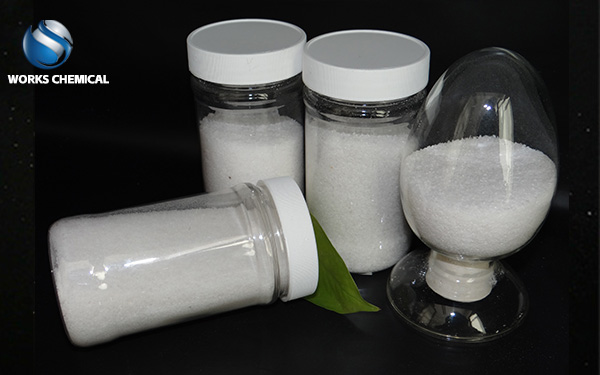
When selecting sludge agents, municipal sewage plants mainly consider the nature of the sludge, the treatment process and the treatment effect required. The following are some commonly used sludge agents and their characteristics:

1. Polyacrylamide (PAM)
Polyacrylamide is a commonly used sludge dewatering agent, which can be divided into cationic, anionic and non-ionic types according to the different ion types.
Cationic polyacrylamide (CPAM) :
Features: Because of its positive charge characteristics, it is especially suitable for sludge with negative charge. Through the electric neutralization and bridge adsorption, the sludge particles are flocculated, the dewatering performance of the sludge is improved, and the filtration press efficiency is increased.
Application scenario: municipal sewage, food processing, printing and dyeing, paper making, animal husbandry sewage, pharmaceutical and some chemical wastewater and other organic sewage.
Anionic polyacrylamide (APAM) :
Features: Suitable for sludge dewatering with high inorganic matter content, through flocculation reaction with particles in the sludge to form large floc, and then facilitate solid-liquid separation.
Application scenario: steel plant, electroplating plant, metallurgical wastewater, coal washing wastewater, etc.
Non-ionic polyacrylamide:
Features: Used under neutral or alkaline conditions, the sludge with high organic matter content sometimes has a better effect.
2. Polyaluminum chloride (PAC)
Polyaluminum chloride is a commonly used coagulant, which is often combined with PAM in sludge treatment to improve the formation effect of sludge floc.
Features: Flocculation precipitation speed is fast, widely used in urban water supply, drainage and chemical industry, coal washing, petroleum, medicine, printing and dyeing, battery, electroplating and other industries.
Mechanism of action: Through the compression of double electric layer, adsorption of electric neutralization, adsorption of bridge sediment net trapping and other mechanisms, the fine suspended matter and colloidal ion in water are destabilized, aggregated, flocculated and precipitated to achieve the purification treatment effect.
3. Other medicines
In addition to PAM and PAC, municipal wastewater plants may also use other agents, such as ferric chloride (FeCl₃).
Ferric chloride (FeCl₃) :
Features: As an efficient coagulant and demulsifier, it is also commonly used in sewage treatment and sludge dewatering.
Function: Can remove phosphorus, nitrogen and other pollutants in sewage, but also contribute to the dehydration of sludge.
Matters needing attention
When selecting a sludge agent, it is necessary to comprehensively consider the nature of the sludge, the treatment process and the treatment effect needed to be achieved.
Different agent combinations and dosages need to be determined according to the actual sludge characteristics and treatment equipment to achieve the best sludge dewatering effect.
In the process of use, attention should be paid to the dosing method and dosage of the agent to avoid waste and excessive dosing on the environment.
To sum up, when selecting sludge agents, municipal sewage plants should consider a variety of factors, select the appropriate combination of agents and dosage, in order to achieve the best sludge treatment effect.